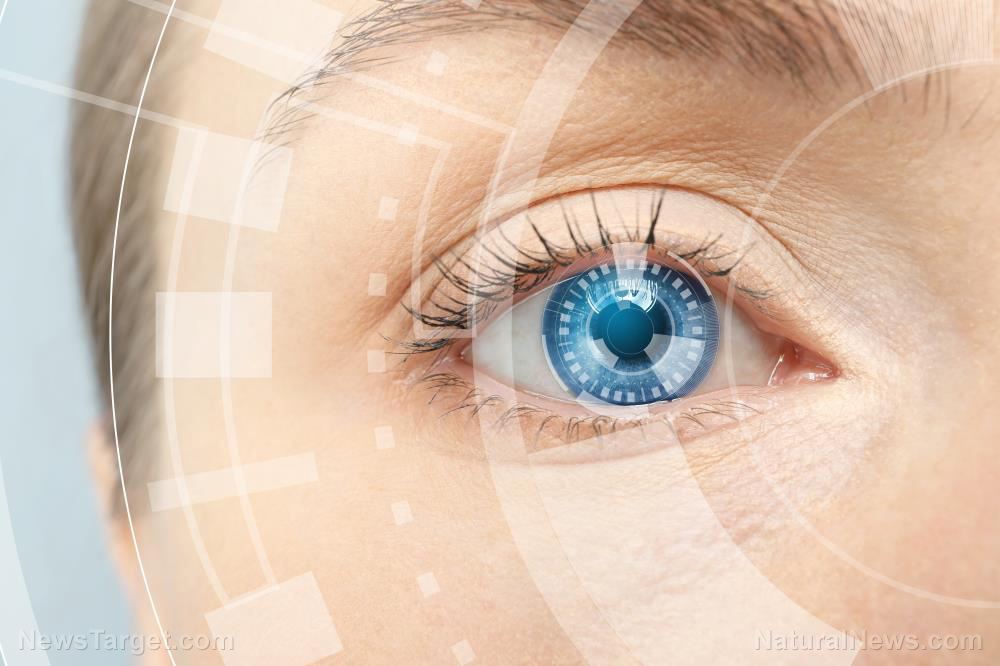
Microplastics have been found to pick up pollution in their travels. Meaning, they pose an even greater threat to human health than previously thought.
In the ocean, for instance, toxic compounds can hitch a ride on plastic and make it 10 times more toxic than it would normally be, according to new research from Tel Aviv University. The study is unique in the way that the researchers tested polluted plastic particles on human cells, while most previous research focused on their impacts on marine life.
Microplastics are formed when large pieces of plastics degrade over time, and they can be found everywhere from Mount Everest to the Mariana Trench. They also act as magnets for environmental pollution, transforming them into potentially toxic particles.
Previous research showed that microplastics can accumulate an array of harmful chemicals, including heavy metals, polychlorobiphenyls or PCBs and perfluoroalkyl substances or PFAS.
The microplastics then funnel these compounds into the bodies of marine organisms, which can lead to neurotoxicity that can alter immune response, reduce growth rate and even cause death. The microplastics can also continue making their way up the food chain, eventually to humans who consume animals for food.
The researchers tested what could happen when human cells found along the intestinal tract were exposed to a pollution-plastic mixture that contains one type of microplastics known as microbeads and triclosan, an antimicrobial ingredient banned in the U.S. in 2016 due to health concerns.
Triclosan, which was formerly found in mouthwash and hand sanitizer, is an endocrine disruptor that has been linked to an increase in allergies in children. Despite being banned, it still exists in some products, including toothpaste sold in Israel. (Related: Microplastics pick up pollution, making them even more toxic to humans.)
Microbeads and triclosan were not toxic to human cells on their own, but combined they become very toxic to the cells.
Outside the lab, the cells that the researchers used in their investigation are the same ones that acted as a barrier between the inside and the outside of the body, but the plastic mixture can get into the bloodstream where the accumulated dangerous compounds are likely to be released.
The researchers also said they hope to investigate how the mixture's toxicity changes depending on the plastics or pollutants used.
Tan Amelia, a Ph.D. student at the University of Malaysia, Terengganu who was not involved in the study, said controlled environments in a laboratory make it difficult to say how applicable the findings are in the real world. This is because conditions in the lab don't perfectly represent the environment, and findings from microplastics research are often hard to replicate due to the lack of standardized methods.
However, Amelia did say the study should spur more awareness of a global problem regarding the severity of microplastics, which could indirectly encourage the reduction of their manufacturing and consumption.
Scientists find microplastics in blood for the first time
Scientists have also recently found microplastics in human blood, warning that the particles could also be making their way into the organs.
A Dutch study examined blood samples from 22 anonymous, healthy volunteers and found microplastics in nearly 80 percent of them. Half of the blood samples also showed trees of polyethylene terephthalate (PET) plastic, which is used to make drink bottles, while more than a third had polystyrene, which is used in disposable food containers and other products.
Dick Vethaak, an ecotoxicologist at Vrije Universiteit Amsterdam said this is proof that we now have plastics in our bodies. "Where is it going in your body? Can it be eliminated? Excreted? Or is it retained in certain organs, accumulating maybe, or is it even able to pass the blood-brain barrier?" he asked.
The study also showed that microplastics could have entered the body via different routes such as air, water or food, but could have also been from other products such as toothpaste lip gloss, or even tattoo ink. It also posited that it is scientifically possible for plastic particles to be transported to organs via the bloodstream. (Related: REPORT: Bottled water TEEMING with microplastics.)
More research is necessary for the matter. Fay Couceiro, a reader in biogeochemistry and environmental pollution at the University of Portsmouth, said the small sample size and lack of data on the exposure level of the participants can still make up a robust study that can stand up to scrutiny.
"After all, blood links all the organs of our body and if plastic is there, it could be anywhere in us," she said.
Follow Pollution.news for more news about the dangers of microplastics and other chemicals to the human body.
Watch the video below to learn more about microplastics.
This video is from the Objective: Health channel on Brighteon.com.
More related stories:
SHOCK: 50% of freshwater insects are contaminated with microplastics.
Polluted bodies: Researchers find shocking levels of microplastics in CHILDREN.
Sea salts found to be contaminated by dangerous microplastics, reveals shocking study.
Researchers find evidence of microplastics in Colorado RAIN SAMPLES: Where is it coming from?
Due to extreme pollution of the world's oceans, sea anemones are now eating microplastics.
Sources include:
Please contact us for more information.


















